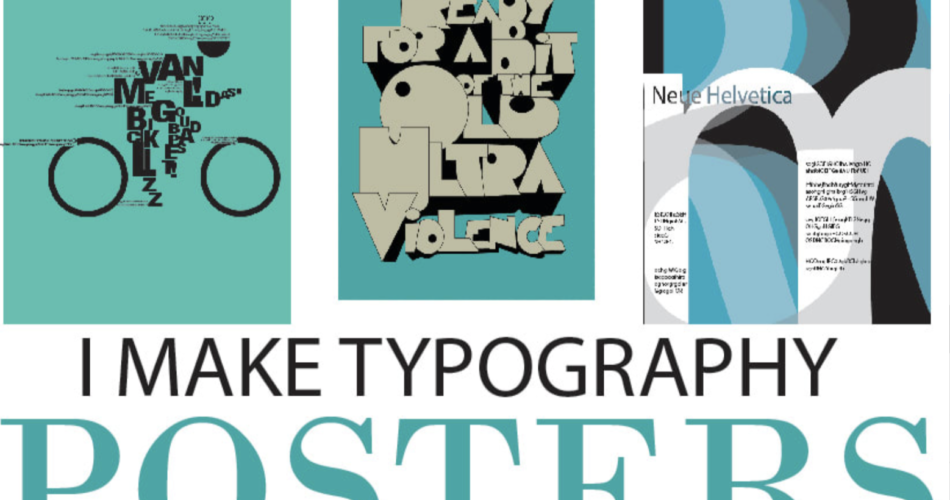Typography is a crucial element in the world of design, especially when it comes to creating posters. It’s not just about choosing pretty fonts; it’s an art that combines typefaces, sizes, spacing, and colors to communicate a message effectively. When analyzing a typography poster, there are several key aspects to consider.
The Purpose of Typography in Posters
Firstly, let’s talk about why typography matters in posters. Posters are meant to grab attention, convey information quickly, and leave a lasting impression. The right choice of typography can make or break a poster’s effectiveness. It’s the difference between a poster that stands out and one that gets overlooked.
Key Elements of Typography
When analyzing a typography poster, pay attention to these elements:
- Typeface Selection: This includes considering serif vs. sans-serif fonts and what emotions or messages they convey.
- Hierarchy: This is how text is organized. The most important message is usually the biggest or boldest.
- Alignment: Text can be aligned left, right, centered, or justified. Each alignment has its own impact on readability and aesthetics.
- Color: Color can set a mood, draw attention, and make text stand out against the background.
- Contrast: High contrast between text and background improves legibility, while low contrast can be used for subtle effects.
- Spacing: This includes tracking (space between all characters), kerning (space between two characters), and leading (space between lines of text).
Analyzing a Typography Poster
To analyze a typography poster, start by looking at the overall layout. Is it clean and organized, or chaotic and busy? Both can work, depending on the intended effect. Notice how your eyes move across the poster. Good typography guides the viewer naturally through the content.
Next, examine the typeface selection. Are the fonts modern or traditional, and do they match the theme of the poster? For instance, a concert poster might use bold, loud fonts, while a wedding poster could have elegant, cursive lettering.
Hierarchy is another critical factor. Can you tell what the main message is right away? Effective posters often have a clear focal point where the most important text is placed.
Look at the alignment of the text. Is it symmetrical or asymmetrical? Symmetry can create a sense of order, while asymmetry might be used to create dynamic tension or interest.
Color choices can tell you a lot about the poster’s mood. Bright colors often signify energy and excitement, while muted tones might suggest sophistication or calmness.
Finally, consider the contrast and spacing. Are the words easy to read, or do they blend into the background? Is the text cramped, or does it have room to breathe?
Conclusion
In-depth analysis of typography in poster design reveals the complexity and thought behind what might seem like simple choices. Every font, size, color, and spacing decision plays a part in delivering a message to the audience. By understanding these elements, we can appreciate the power of typography in visual communication and the skill involved in crafting impactful poster designs.

